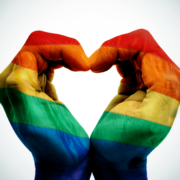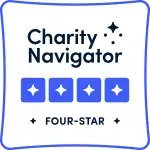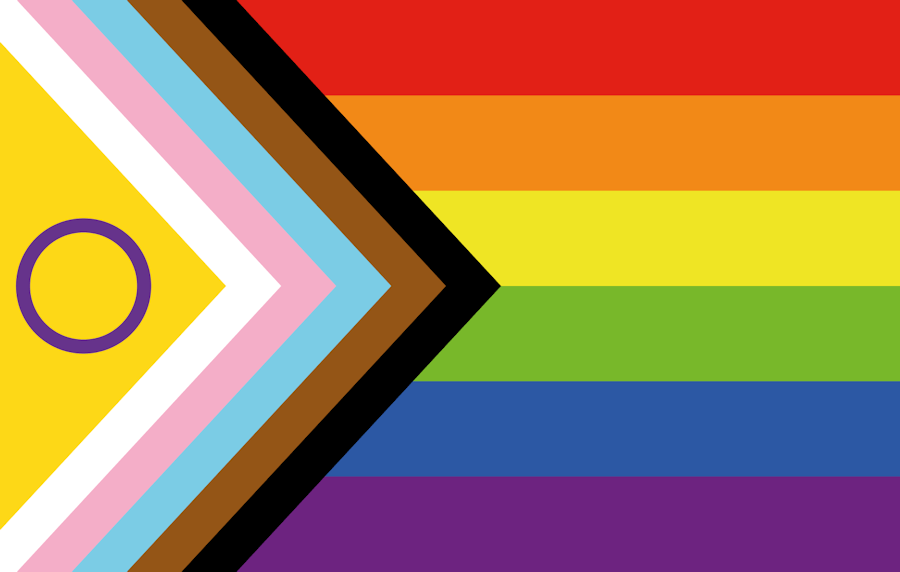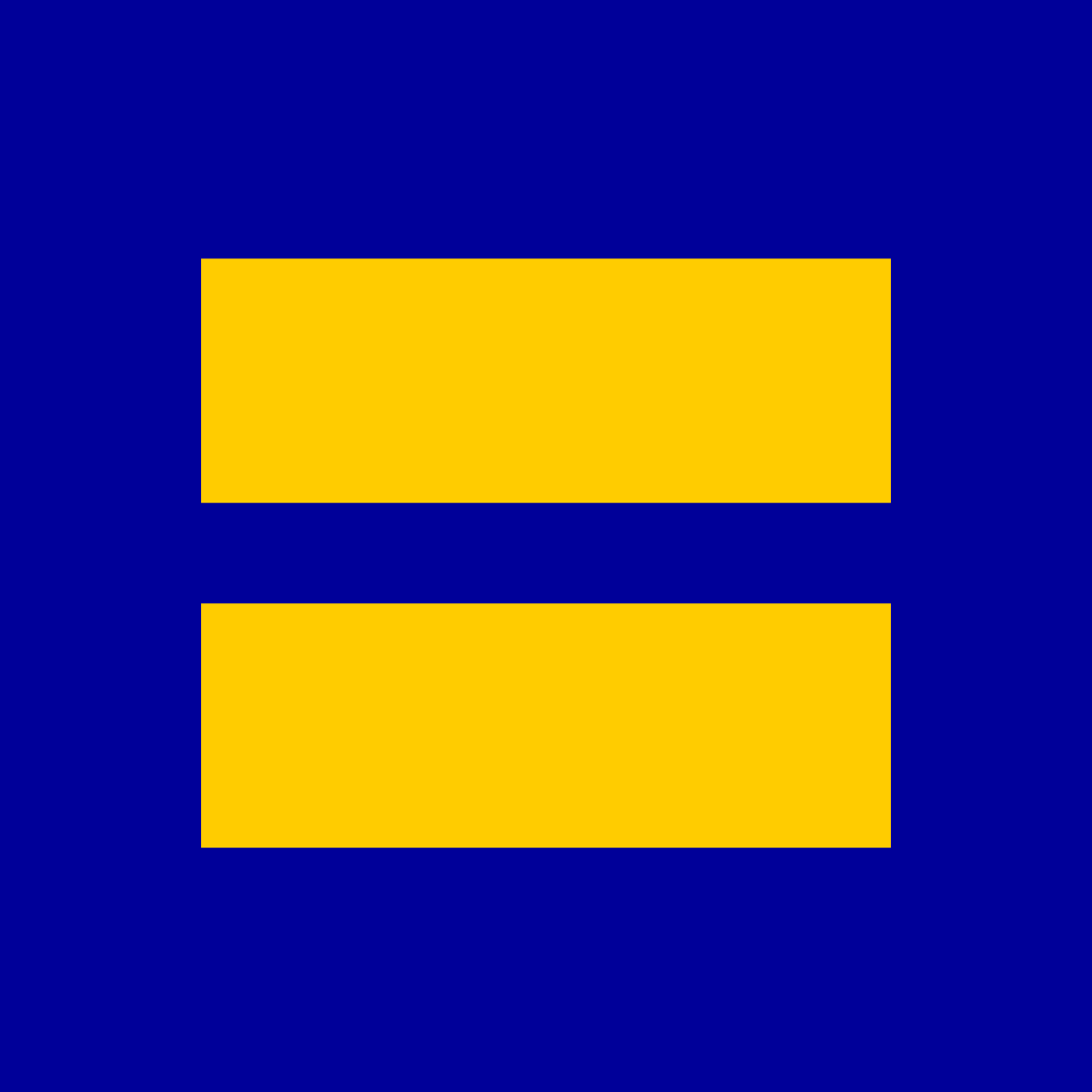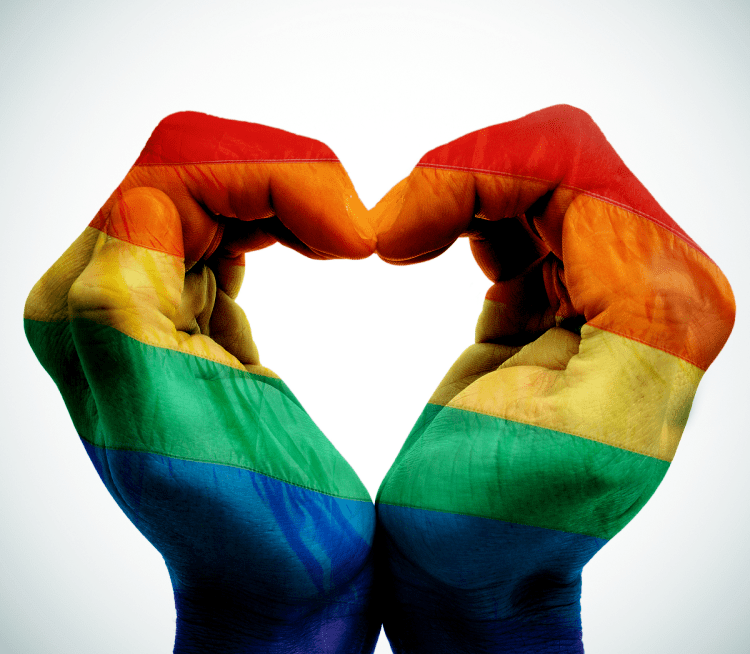
How to be an LGBTQ+ Ally
How to be an LGBTQ+ Ally
written by undergradaute intern Emily deBettencourt
You may have noticed the word “ally” is being used more and more these days, but you might not know exactly what being an ally means. Webster’s dictionary defines ally as a verb: “to unite or form a connection or relation between: to associate.” The Human Rights Campaign defines an ally as “a person who is a member of the dominant or majority group who works to end oppression in their personal and professional life through support of, and as an advocate for, the oppressed population.” In GLSEN’s safe space kit they describe an ally as “an individual who speaks out and stands up for a person or group that is targeted and discriminated against.”

Being an ally doesn’t necessarily have to follow any one definition, it’s all about being accepting, supportive, and understanding to those in the LGBTQ+ community. Here’s a few simple reminders of how you can do that:
1. Don’t assume everyone is straight
I get it, it’s just habit to ask if a girl has a boyfriend but it’s always such an awkward situation for me when I have to correct that person and say “well, no… but I have a girlfriend.” One way to easily avoid this is to take gender out of the equation when you ask these questions: “do you have a partner?” Or, just don’t ask at all.
2. Respect people’s pronouns
This can be hard when we are so used to male or female pronouns but if someone doesn’t fall within that binary it’s important to validate their existence by using their preferred pronouns. If you’re not sure what someone’s pronouns are, find a polite and respectful way to ask. Ex: “What pronouns do you use?” Or you can introduce yourself and give your own pronouns to make things a little less awkward.
3. Avoid homophobic slurs at all costs
This is pretty straight forward, but you’d be surprised by the amount of people that still use these hateful words. There are countless other ways to say something is annoying, weird, bad, etc. besides saying it is “so gay.” Even if you don’t “mean it like that” it still perpetuates the rhetoric of homophobia and can be very hurtful.
4. Let your pride flag fly
I’ll never forget the relief I felt going to a new doctor and seeing that they were wearing a rainbow lanyard in support of LGBTQ+ patients. It’s not exactly easy going to any sort of appointment as a teen knowing you might have to come out to that person. Having pride flags or other welcoming LGBTQ+ posters, pins, signs etc. is one of the easiest ways to tell someone in the community that you accept them for who they are. (As a student or someone who doesn’t have a work place to display their pride, this can take shape as a sticker on your water bottle or computer, a pin on your backpack, a mini pride flag in your pencil mug or anywhere else.)
5. Speak up
One of the most important parts about being an ally is speaking up if you hear other people say negative things about the LGBTQ+ community. It is crucial to let people know that their language is not okay. There are so many LGBTQ+ people who don’t feel comfortable or confident enough to stand up for themselves, but if straight allies can stand beside them in advocacy, we will continue to move closer to a world of acceptance. It’s also important to help others learn about what it means to be an ally and help them find ways to support the community.
Why this is important at MEDA:
As MEDA works to promote eating disorder recovery and body positivity, it is imperative that we acknowledge how eating disorders affect the LGBTQ+ community at alarmingly disproportionate rates. For example, the National Eating Disorders Association reports that research shows gay, lesbian, and bisexual teens, beginning as early age twelve “may be at higher risk of binge-eating and purging than heterosexual peers.” Additionally, a 2015 study found that “transgender youth are four times more likely to suffer from an eating disorder and twice as likely to engage in purging” (Diemer et al.)
These statistics reiterate the importance of LGBTQ+ people having allies to turn to when they need help. As an undergraduate intern at MEDA, I’ve seen firsthand the compassion and dedication that MEDA has towards minimizing these disparities. Additionally, over the last few months here I have been on the receiving end of MEDA’s active ally-ship which has made me feel not only welcome, but important and heard as a member of the LGBTQ+ community.
References:
Diemer, E. W., Grant, J. D., Munn-Chernoff, M. A., Patterson, D. A., & Duncan, A. E. (2015). Gender Identity, Sexual Orientation, and Eating-Related Pathology in a National Sample of College Students. Journal of Adolescent Health, (2), 144.

